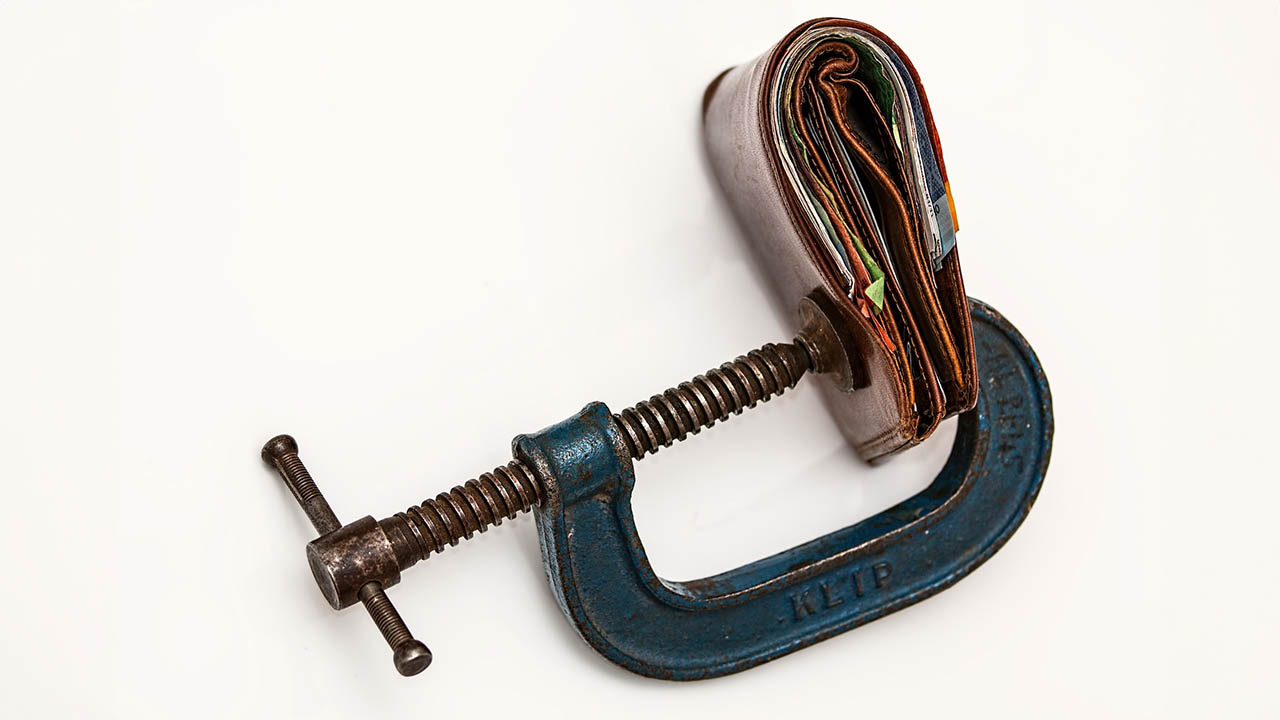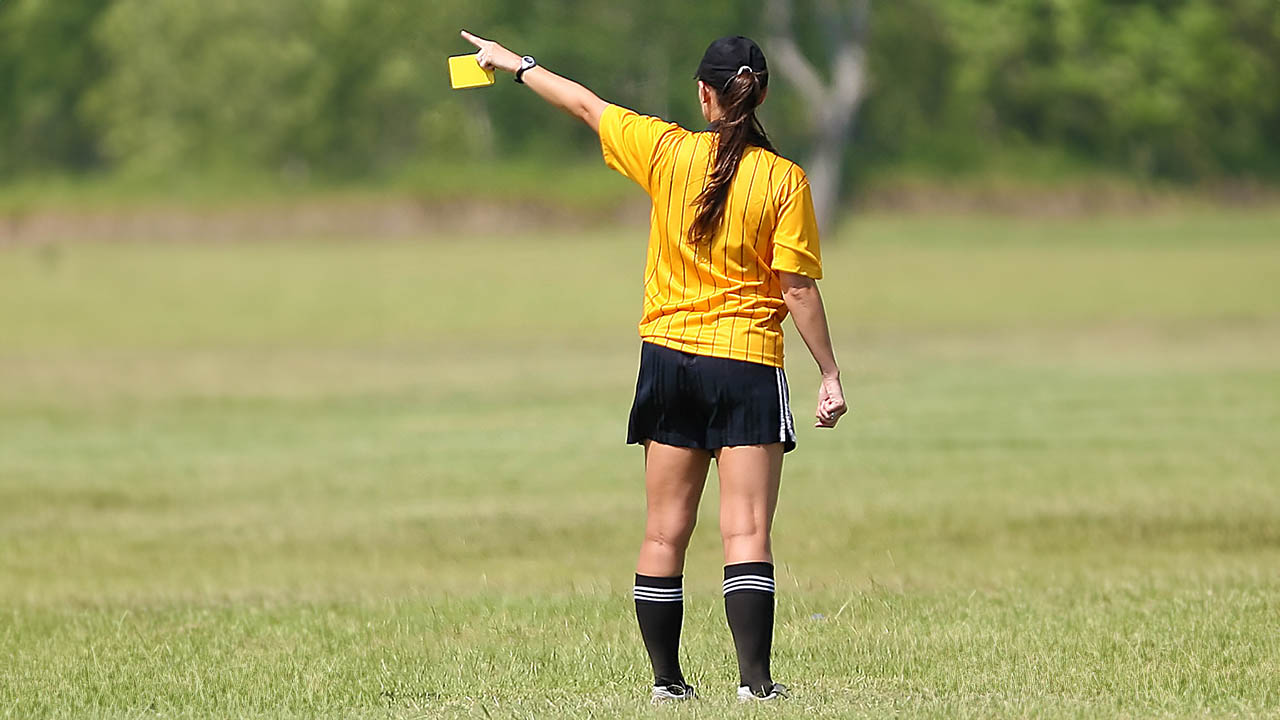Our Services
Personal Insolvency
We are experts in corporate and personal insolvency including bankruptcy, liquidation and voluntary administration.

Bankruptcy & Personal Insolvency Information.
Personal Insolvency can (incorrectly) have a negative connotation. However, in most circumstances, the opportunity to start afresh without the stress of debts and creditors looming over you can be liberating.
Individuals, whether in businesses or otherwise, can access expert advice and strategies to navigate the complexities of personal insolvency and explore potential avenues for financial recovery.
There are various options available to individuals suffering from personal financial distress. Rodgers Reidy is a proven, trusted partner who will guide you through your personal financial difficulties and provide the expertise you need to make informed decisions that best suit your circumstances.
Our Services include:
- Bankruptcy
- Voluntary Bankruptcy (Debtor’s Petition)
- Court Ordered Bankruptcy (Creditor’s Petition or Sequestration Orders)
- Insolvent Deceased Estates
- Personal Insolvency Agreements (PIA)
- Statutory Appointments
- Trusteeship over jointly owned real property
- Court appointments over jointly owned assets
- Court appointments over partnerships.
Bankruptcy
Bankruptcy is designed to provide an insolvent individual (the debtor) with a fresh start to move on with their life and allow creditors the opportunity to recover their debts from the debtors available assets.
As a bankrupt, you will usually be bankrupt for 3 years and 1 day. However, this could be extended for up to 5 or 8 years if you do not co-operate with your Trustee.
A registered Personal Insolvency Trustee (Trustee) will be appointed to your bankrupt estate and is required by law to realise your assets (subject to certain exceptions discussed below), investigate your past financial affairs, and if sufficient funds are recovered, distribute these funds to your creditors in accordance with the priorities set out in the Bankruptcy Act.
In Bankruptcy, you can keep the following assets:
- A motor vehicle used as the primary means of transport up to a value indexed every six months by the Australian Financial Security Authority (AFSA).
- Tools of trade up to a value indexed every six months by AFSA.
- Household items considered necessary to allow you to carry on a reasonable standard of living, for example, clothes, TV, computer, and household furniture.
Most debts are included in the bankruptcy, and creditors cannot continue to pursue you. They must deal with your Trustee. Some exclusions are:
- HECS debts.
- Child Support / Spousal Support.
- Fines and penalties imposed by a Court.
During Bankruptcy, you must co-operate with your Trustee and are subject to the following restrictions:
- Overseas travel, unless permitted by your Trustee.
- Obtaining Credit: you must disclose that you are bankrupt if you are to incur credit greater than a certain value indexed every six months by AFSA.
- Earnings over a threshold amount: you may be liable to make income contributions to your Bankrupt estate if you earn any amount greater than a certain value indexed every six months by AFSA.
- Directorships: you cannot be the Director of a Company.
If you have transferred assets out of your name prior to your bankruptcy and have not been paid fair value for them, then the Trustee can recover those assets.
There are two ways an individual can be made Bankrupt:
- Voluntary Bankruptcy (Debtor’s Petition)If you have insufficient assets from which to pay your creditors in full, then you may become bankrupt voluntarily. You can enter into voluntary bankruptcy and select your own Trustee, who will then forward you the appropriate paperwork and request you complete a Bankruptcy Form.
- Court Ordered Bankruptcy (Sequestration Order) (Creditor’s Petition)If you owe a creditor more than $10,000, a creditor may apply to the Court for a sequestration order to make you bankrupt, and they will choose your bankruptcy Trustee.It is important to note the 3 year and 1 day bankruptcy period will commence from the day your Bankruptcy Form is accepted by AFSA.
Personal Insolvency Agreements (PIA)
A PIA is an alternative to Bankruptcy that allows an individual to make an offer to their creditors to compromise their debts (including a debt owed to the Australian Taxation Office due to Director’s Penalty Notice) and avoid Bankruptcy. The ATO is often inclined to support PIA proposals, allowing creditors to avoid the pitfalls of Bankruptcy.
The process begins with an individual signing an authority pursuant to Section 188 of the Bankruptcy Act, giving the Trustee control over their assets and requiring them to call a meeting to consider the proposal. The individual (the Debtor) must also complete a Statement of Affairs (detailing all of the assets, liabilities and personal information of the Debtor). The Debtor must also draft a PIA detailing the terms of the proposal to be made to creditors.
Once these documents have been lodged and accepted by AFSA, the Controlling Trustee will then prepare a report to the creditors, setting out the following information:
- The personal information of the Debtor;
- Detailing the assets and liabilities of the Debtor, including likely realisable value of the assets;
- Outlining investigations that have been completed into the Debtor’s examinable affairs, including the details of any transactions that may be voidable against a Bankruptcy Trustee, interest in any companies or Trusts and any other likely recoveries should the Debtor become a Bankrupt;
- Providing a comparison between what the creditors will receive under the PIA proposal and if the Debtor was to become Bankrupt; and
- A recommendation from the Trustee as to whether the proposal should be accepted.
The Report to Creditors must be within 30 business days of the Section 188 authority being signed and will include a notice of a meeting of creditors
At the meeting of creditors, the proposal is only accepted if at least 75% in value of the creditors voting at the meeting vote in favour of the proposal.
If the proposal is accepted, the Debtor signs the PIA and undertakes to fulfil the terms of the PIA, and the PIA Trustee distributes the funds accordingly.
Statutory Appointments
There are a number of reasons a Court may appoint a Trustee. They all principally deal with the distribution of assets held jointly by any number of individuals as opposed to corporate entities. The Trustee is appointed as a Receiver over property, assets, or even a partnership of individuals to realise the respective assets and distribute proceeds in accordance with relevant facts such as documented arrangements or Court Orders.






